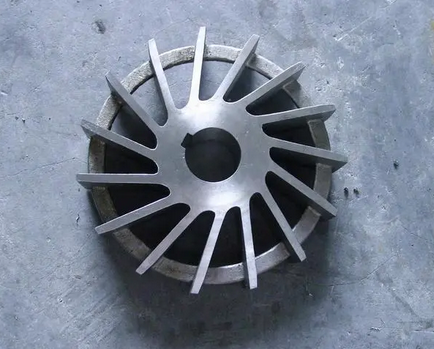How to replace the impeller of a circulating water pump
Replacing the impeller of a circulating water pump is a relatively complex operation process, which requires strict compliance with relevant safety regulations and operating procedures. The following is a detailed step-by-step guide to replacing the impeller:
1. Preparation
Ensure safety: First, you must ensure that the circulating water pump is in a shutdown state and cut off the power and water supply associated with it to prevent accidents during the replacement process.
Prepare tools: Prepare the required special tools, such as wrenches, screwdrivers, cranes (if the impeller is large or difficult to remove manually), etc., as well as spare parts that may be needed, such as new impellers, seals, etc.
Check the environment: Ensure that the construction site is well ventilated to maintain air circulation during operation, and clean up the surrounding area to avoid interference from debris.
2. Remove the old impeller
Remove the casing and pipes: According to the disassembly order of the circulating water pump, gradually remove the casing and the inlet and outlet pipes to expose the impeller.
Separate the impeller: Use a wrench or special tool to unscrew the screws connecting the impeller and place the screws in a safe place. When removing the impeller, you need to pay attention to using appropriate force to avoid damaging the pump shaft or impeller.
Clean the installation position: Clean the impeller installation position to ensure that there are no impurities or residues so that the new impeller can be installed smoothly.
3. Install the new impeller
Place the new impeller: Place the new impeller on the pump shaft and ensure that it is aligned with the shaft. During the installation process, pay attention to the direction and position of the impeller to ensure that it matches the flow channel of the pump body.
Fix the impeller: Use screws to fix the new impeller on the pump shaft. When tightening the screws, you need to pay attention to the strength to be moderate to avoid damage or loosening of the impeller due to overtightening or over-loosening.
Adjust the position: After the installation is completed, adjust the position of the impeller to ensure that the installation is correct and the operation is smooth.
4. Inspection and trial run
Check the connection: Check whether the inlet and outlet connections of the water pump are firm and ensure that all parts are properly installed and tightened.
Comprehensive inspection: Perform a comprehensive inspection of the circulating water pump, including sealing performance, motor operation, and whether various parameters meet the requirements.
Trial run: Turn on the power and start the circulating water pump for trial run. During the trial run, pay attention to whether there is abnormal noise or vibration to ensure that the circulating water pump returns to normal working condition.
5. Precautions
Professional operation: Impeller replacement is a relatively complex maintenance work, and it is recommended to be performed by experienced professional technicians.
Personal protection: During the construction process, construction workers should pay attention to personal protection, wear protective equipment such as safety helmets and gloves to avoid accidental injuries.
Comply with regulations: During the operation, relevant safety regulations and operating procedures should be strictly followed to ensure the safety and reliability of the operation.





